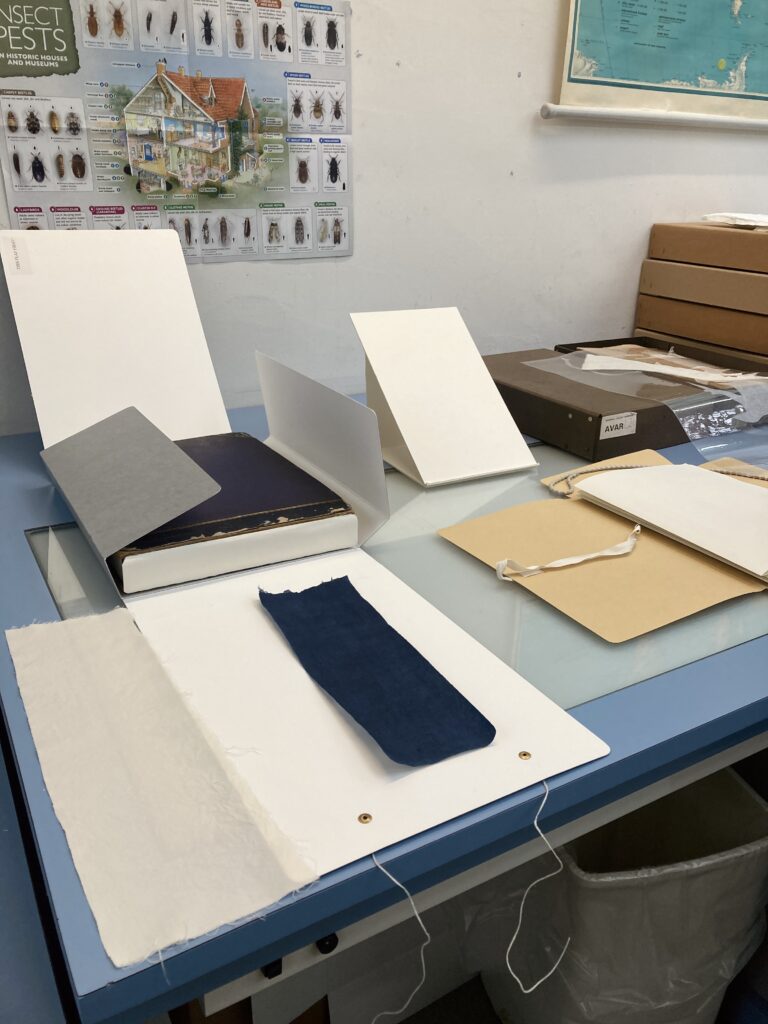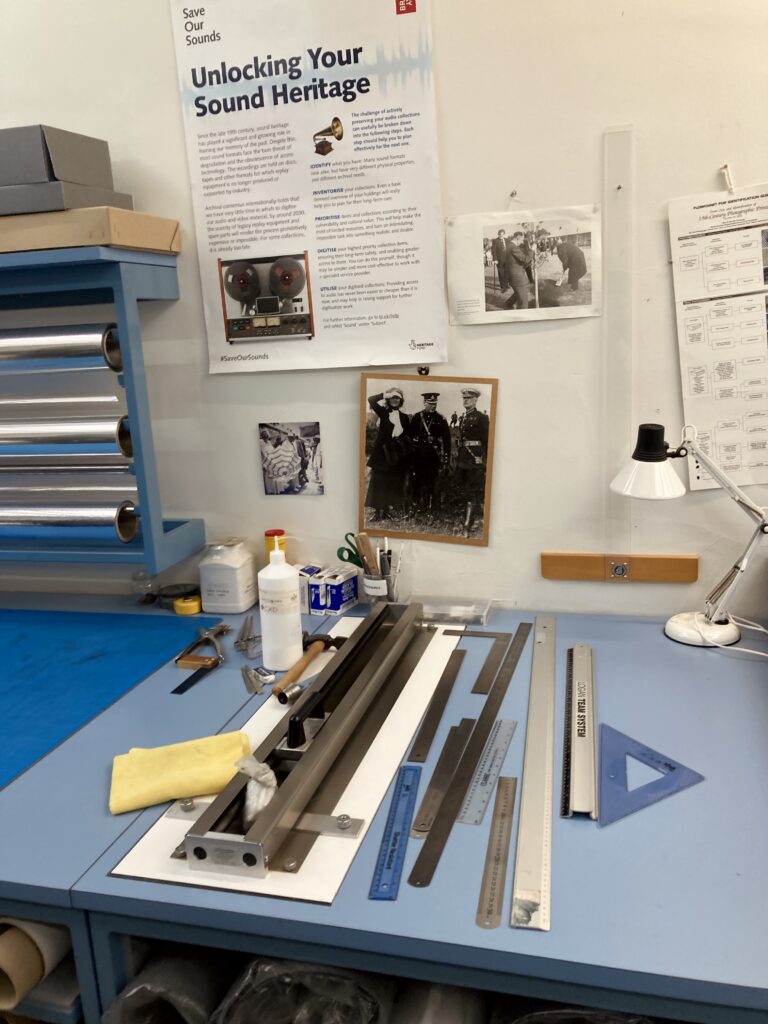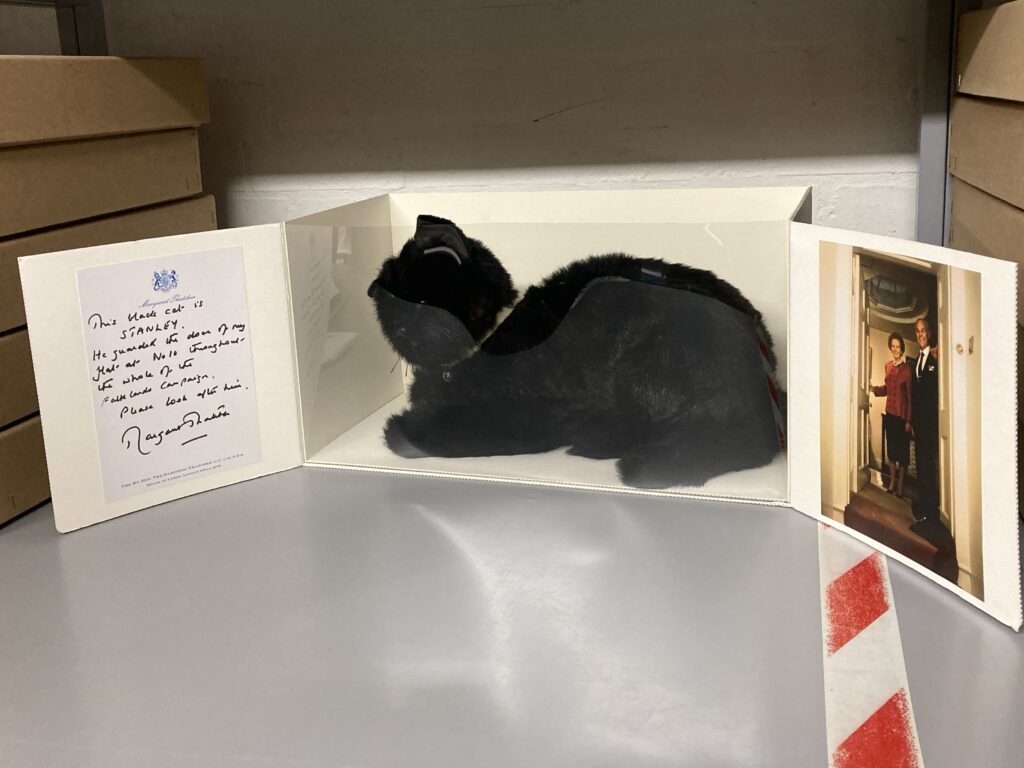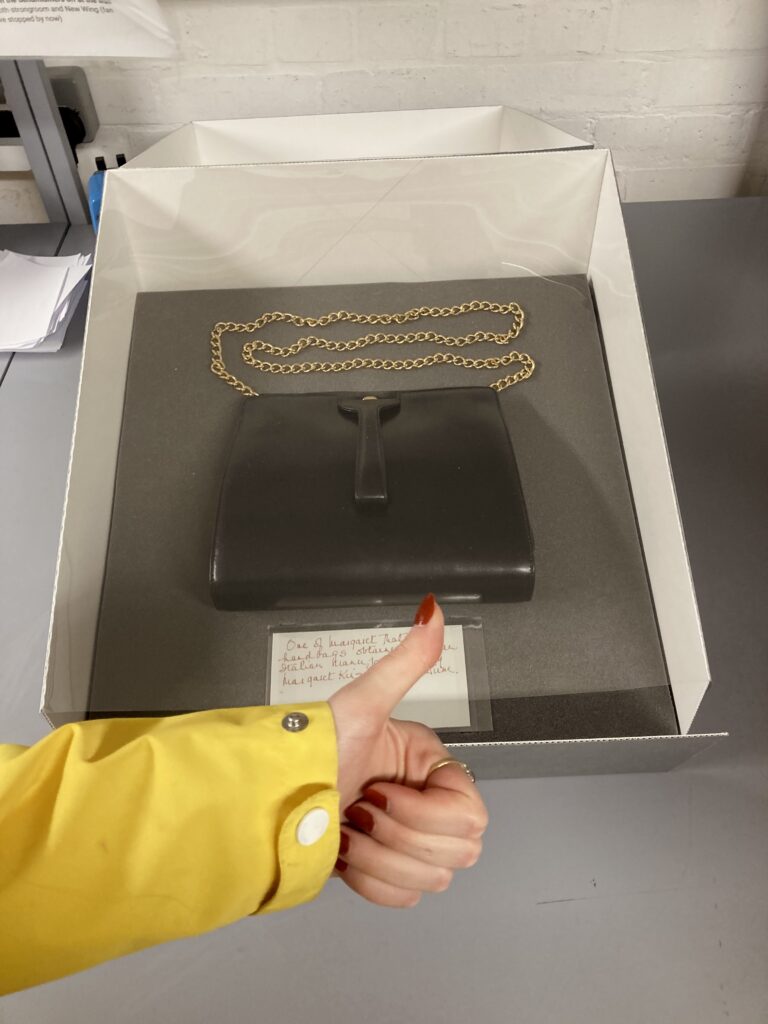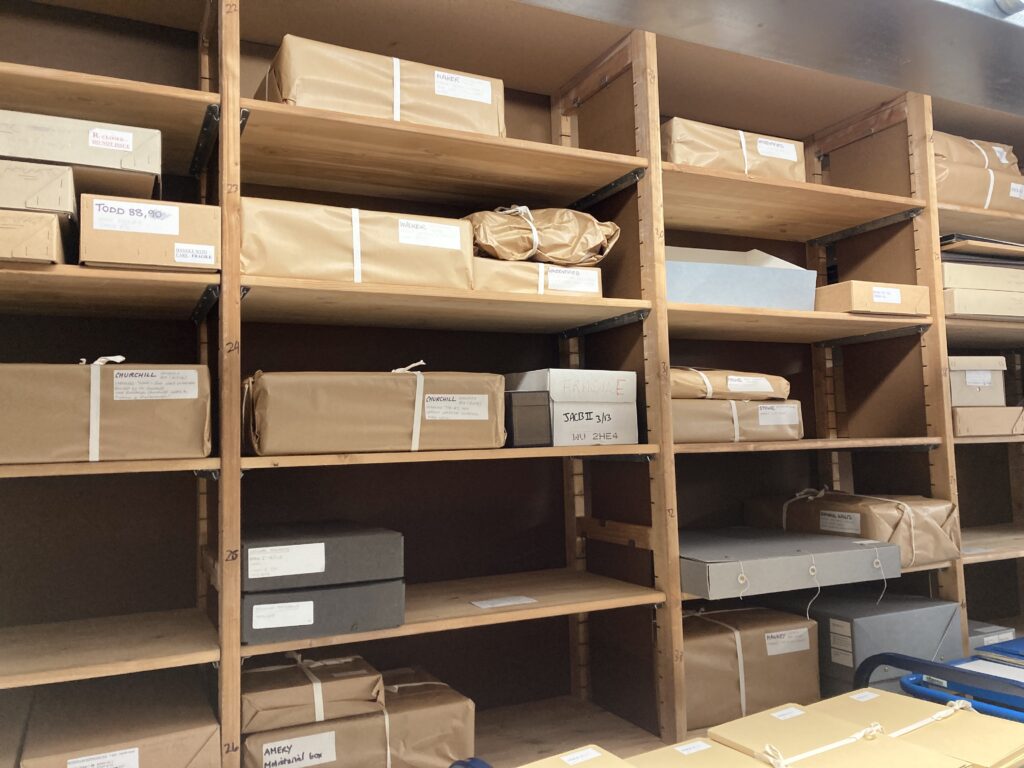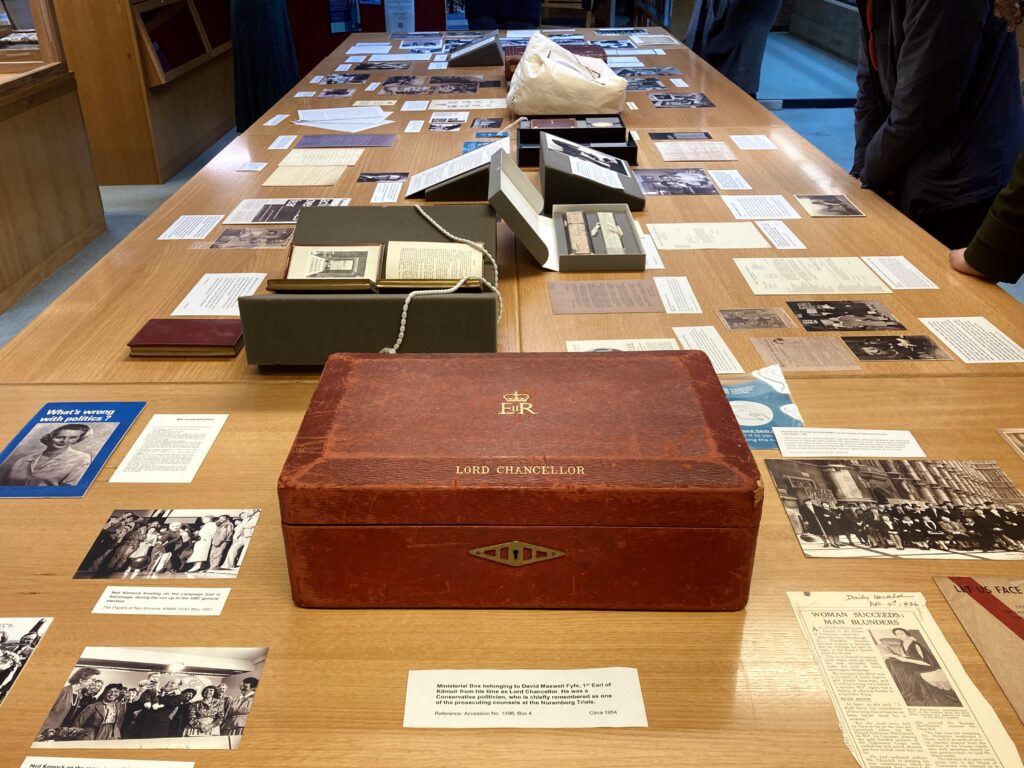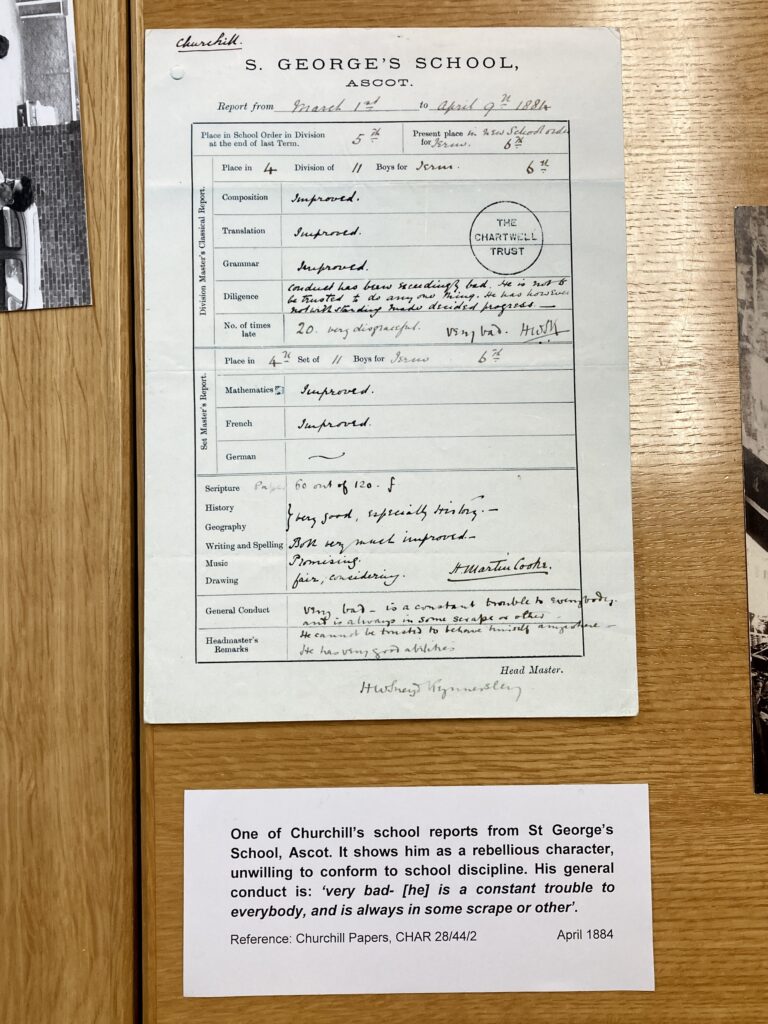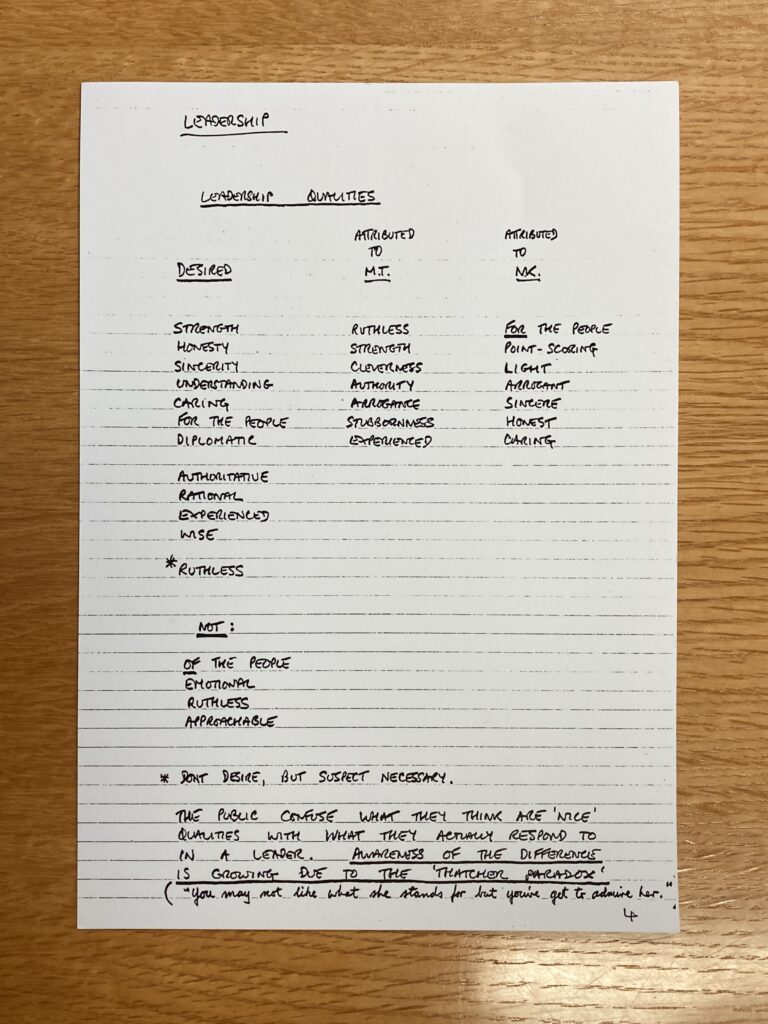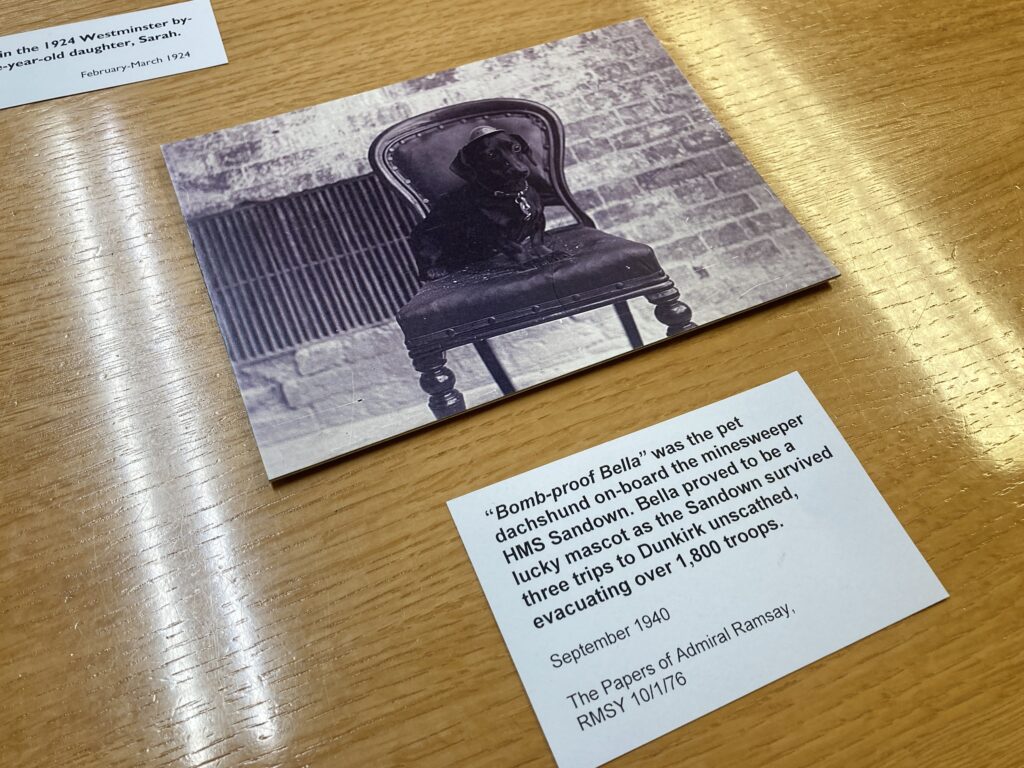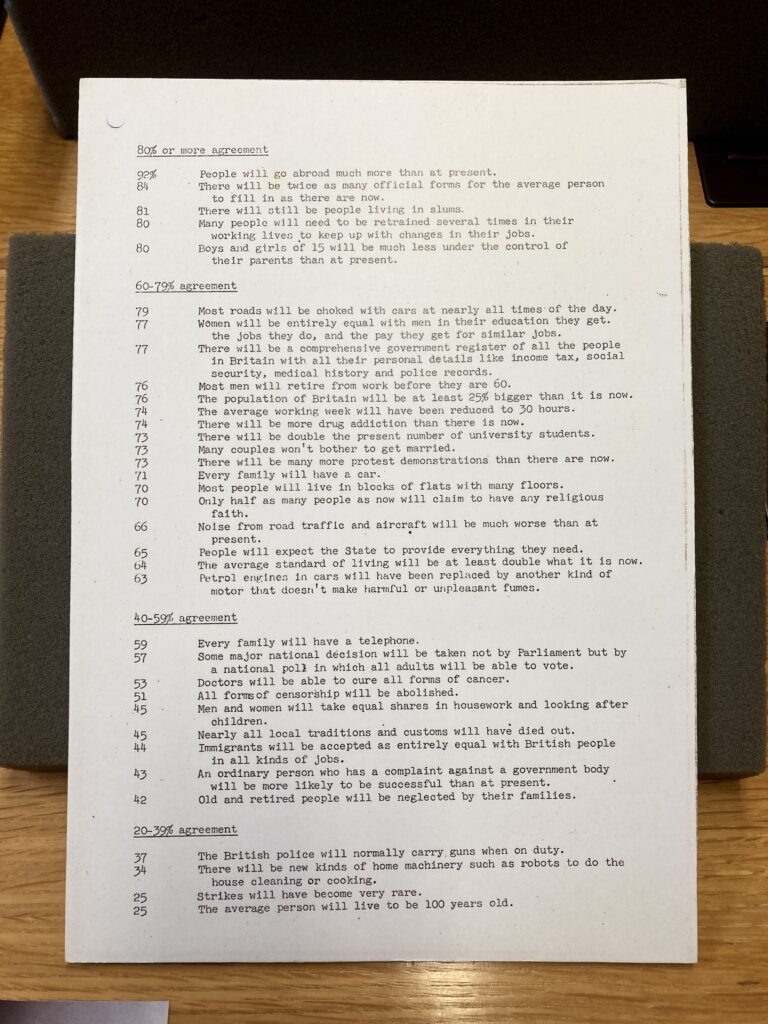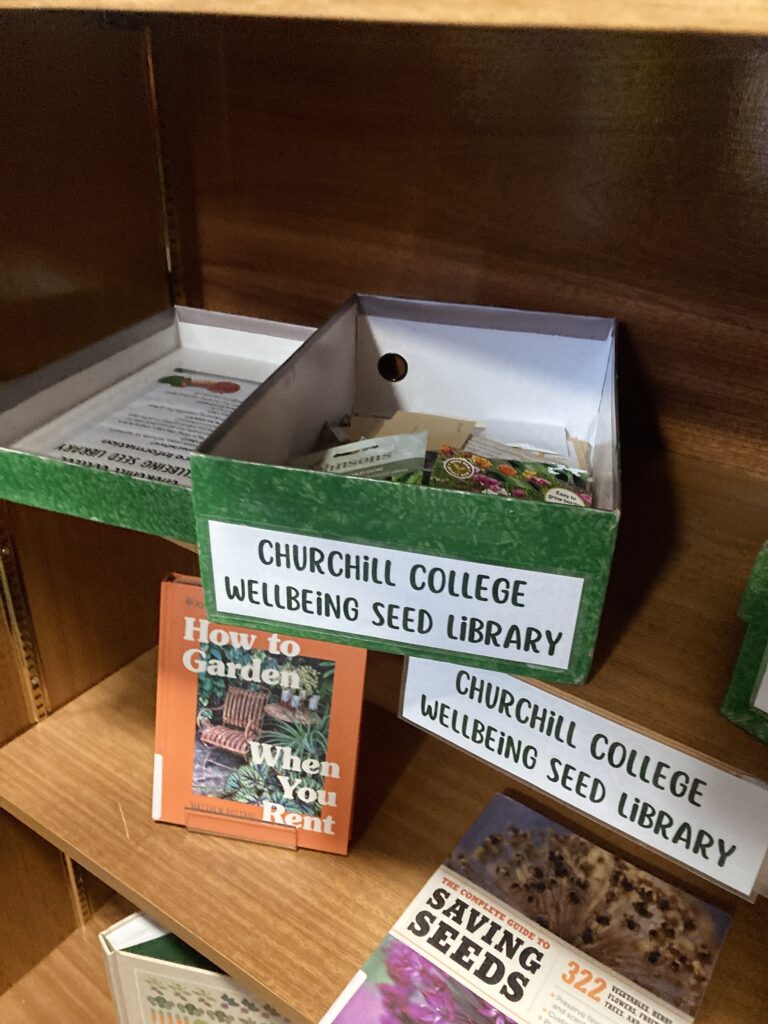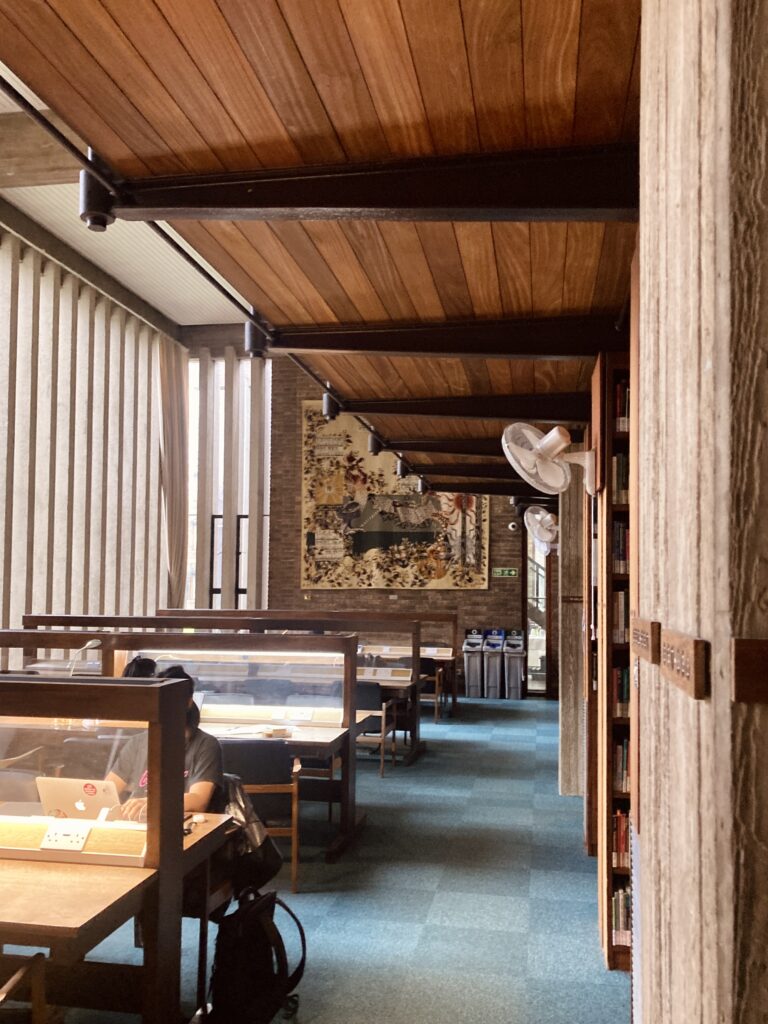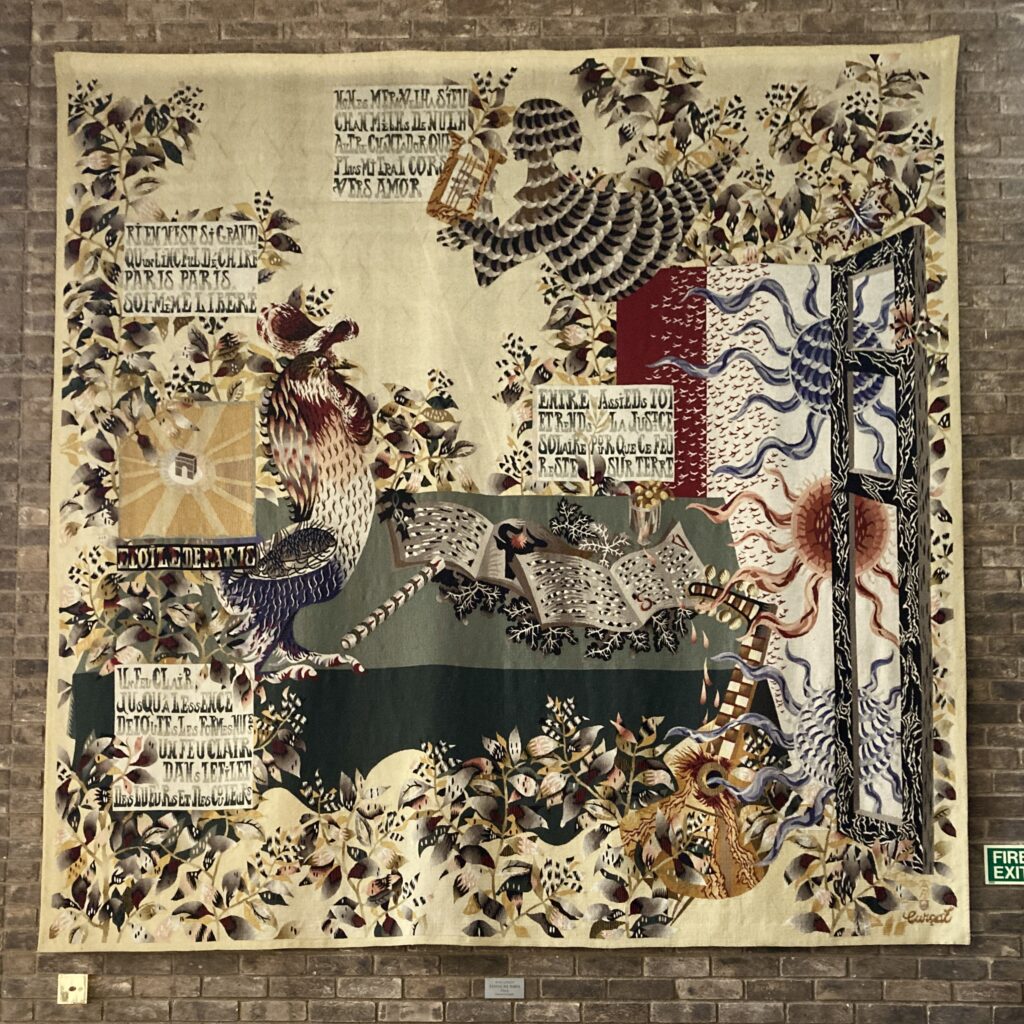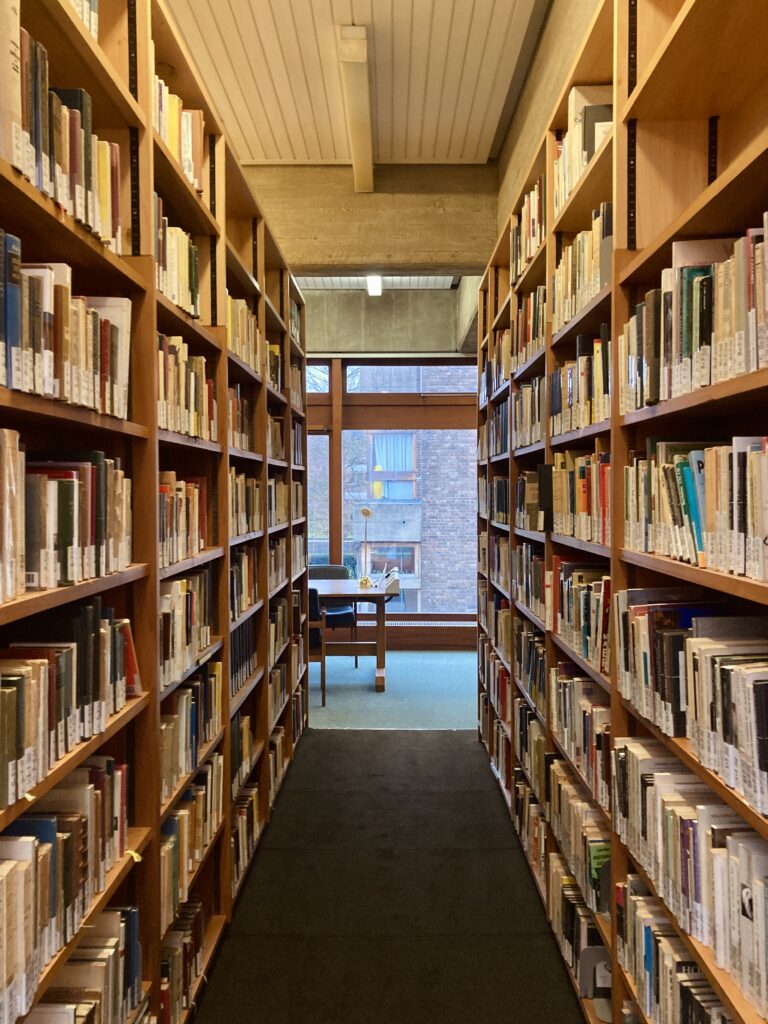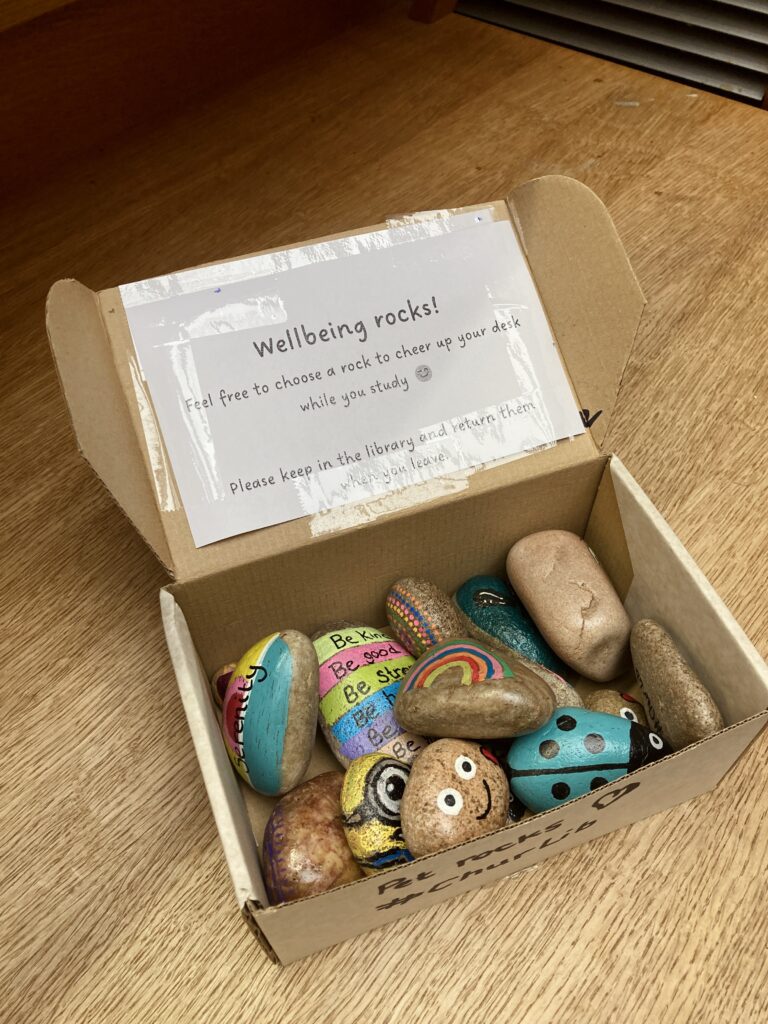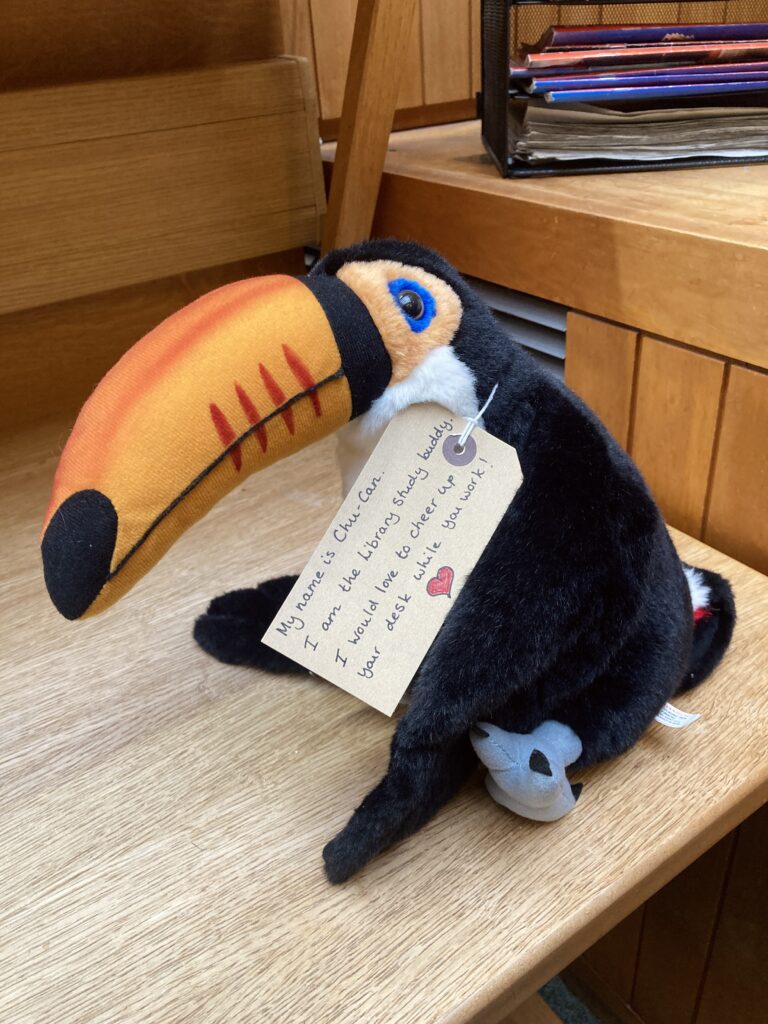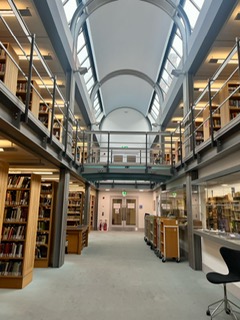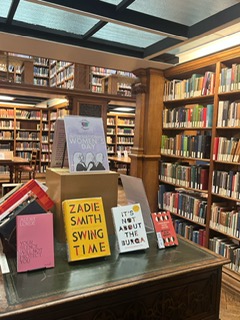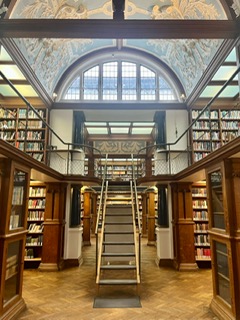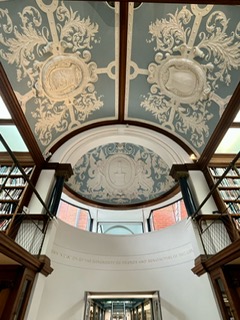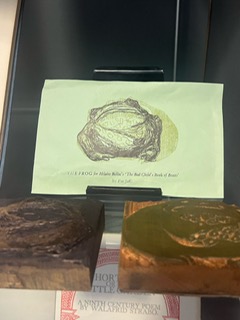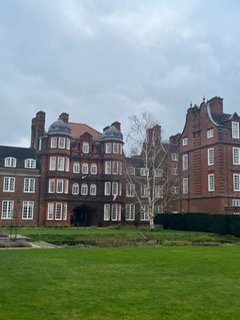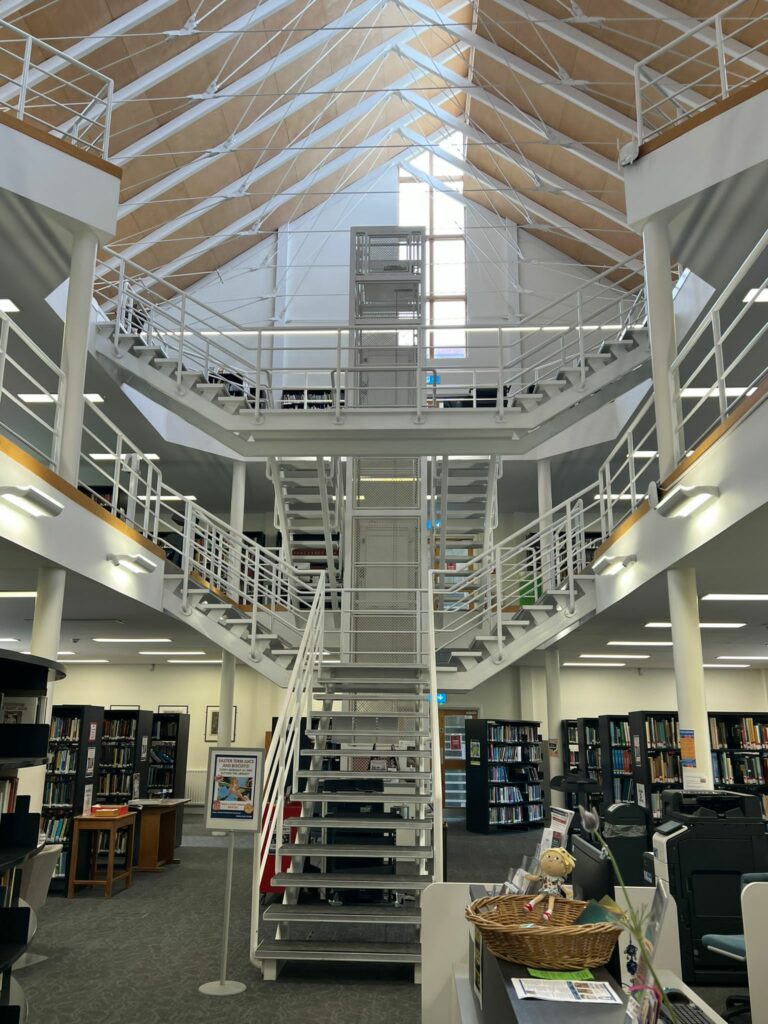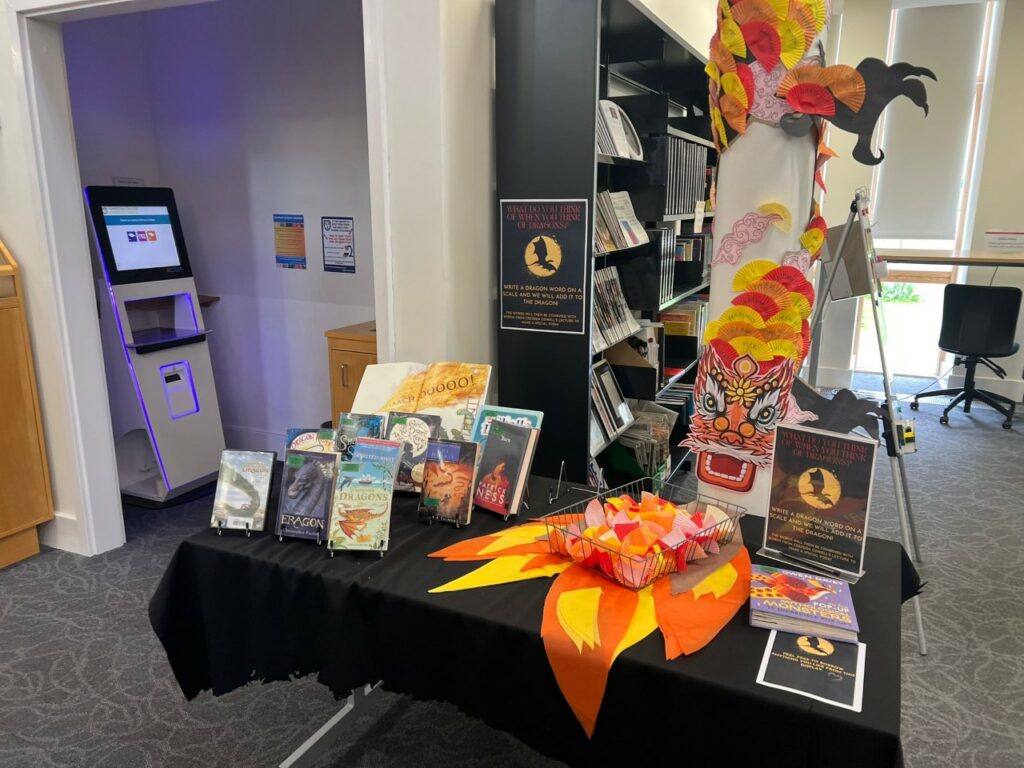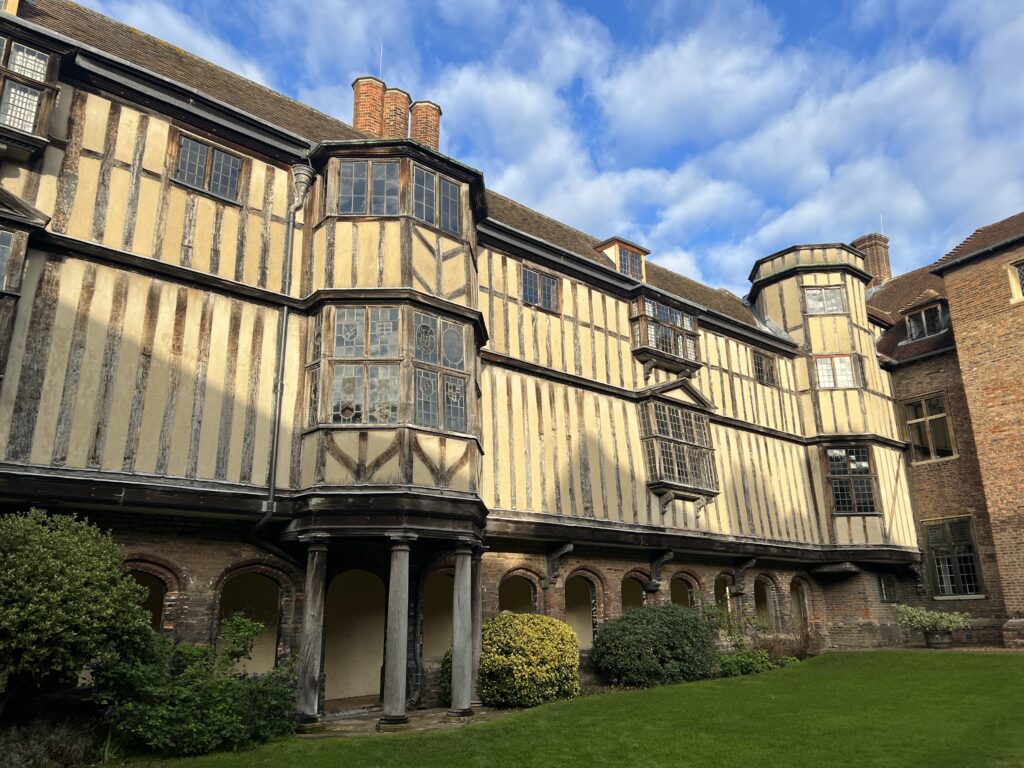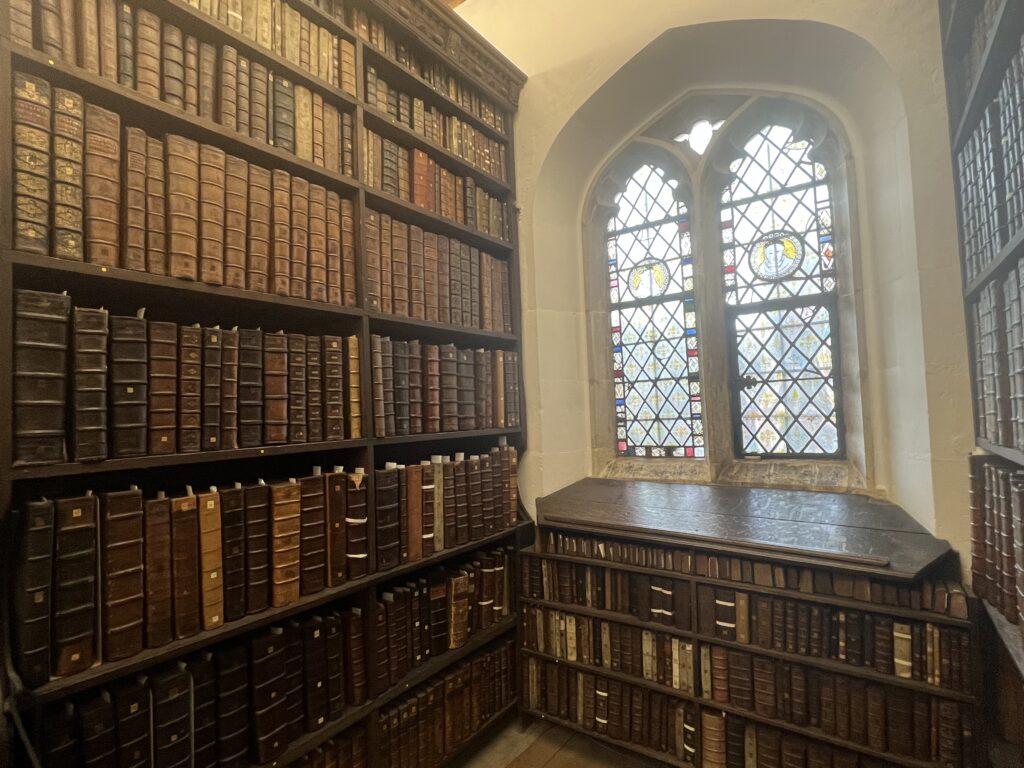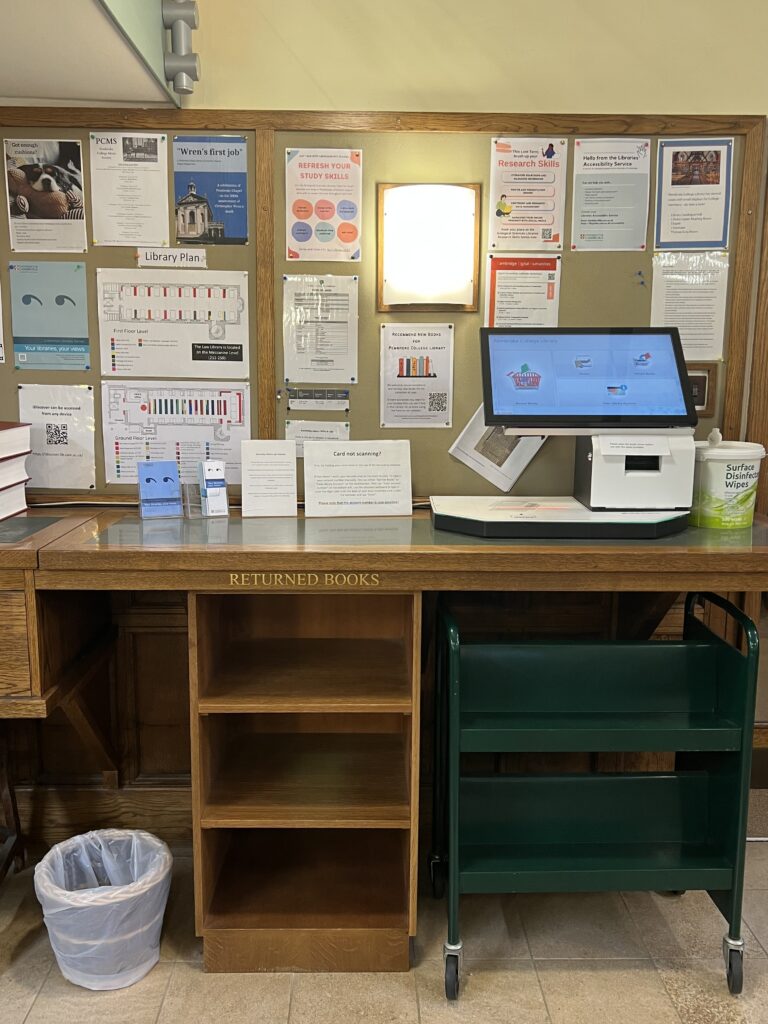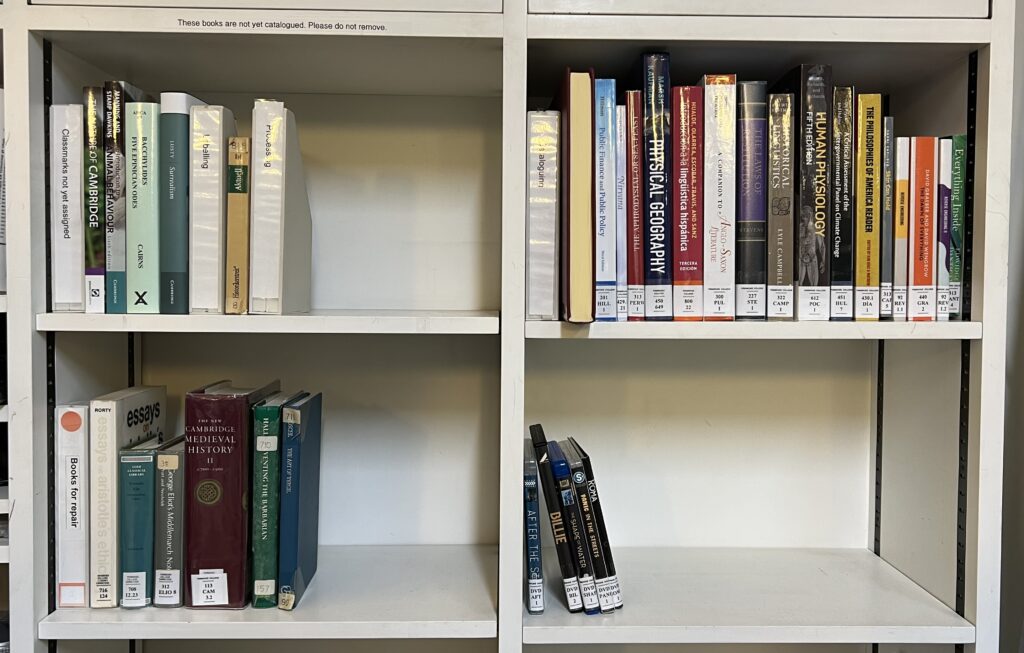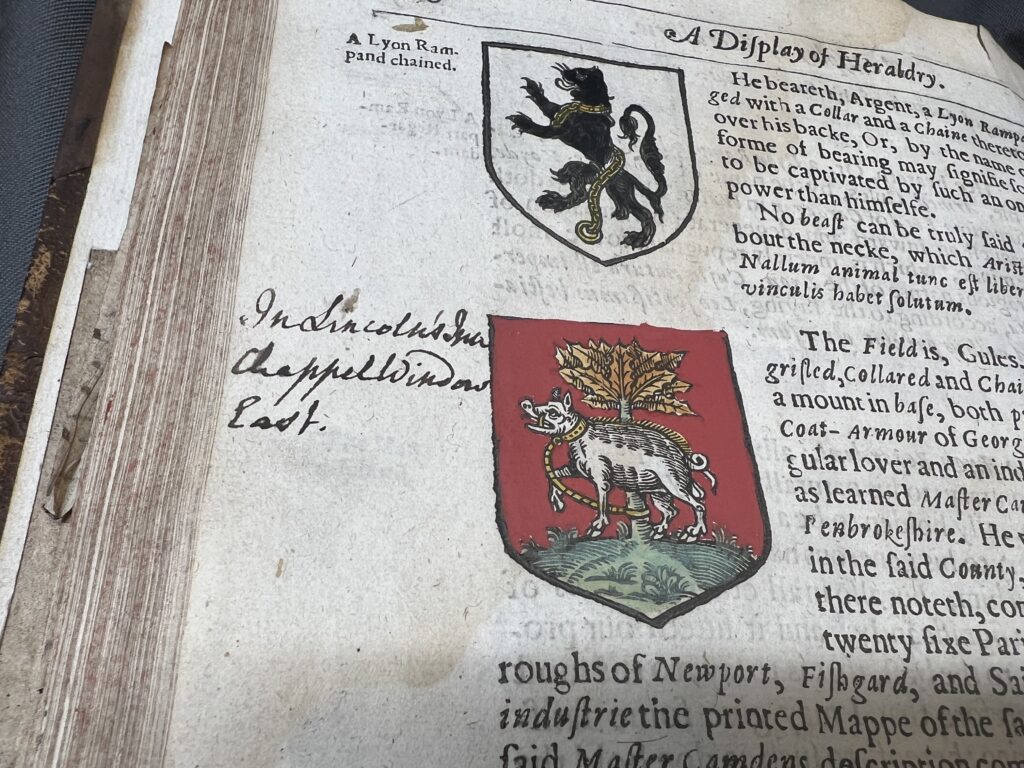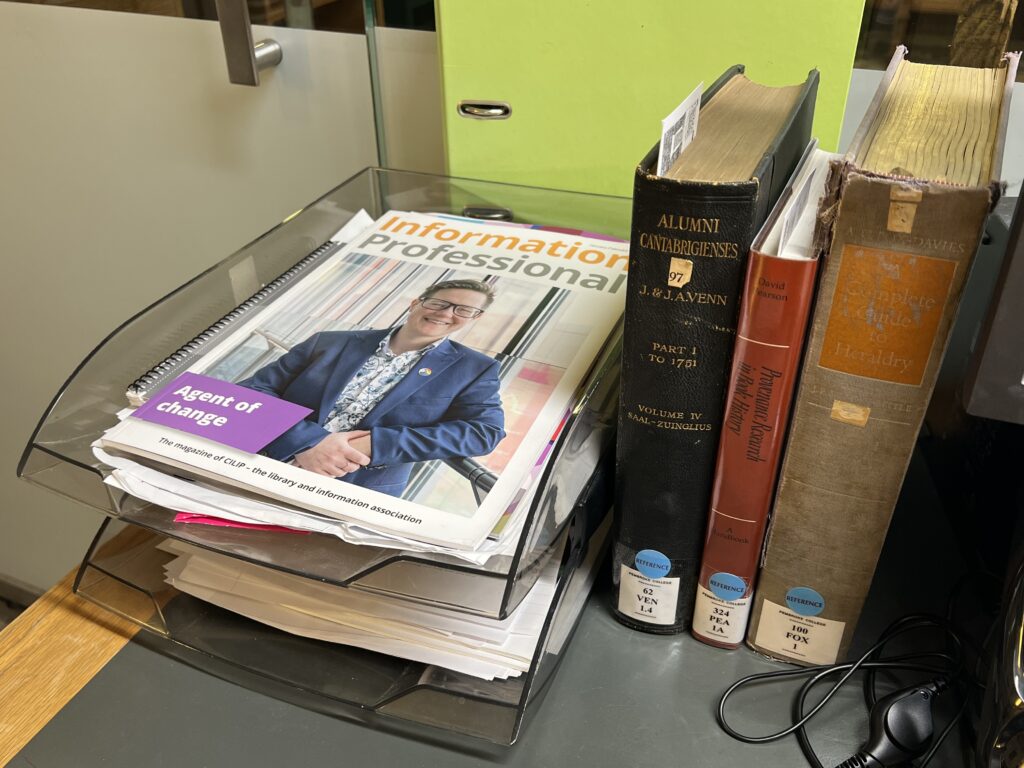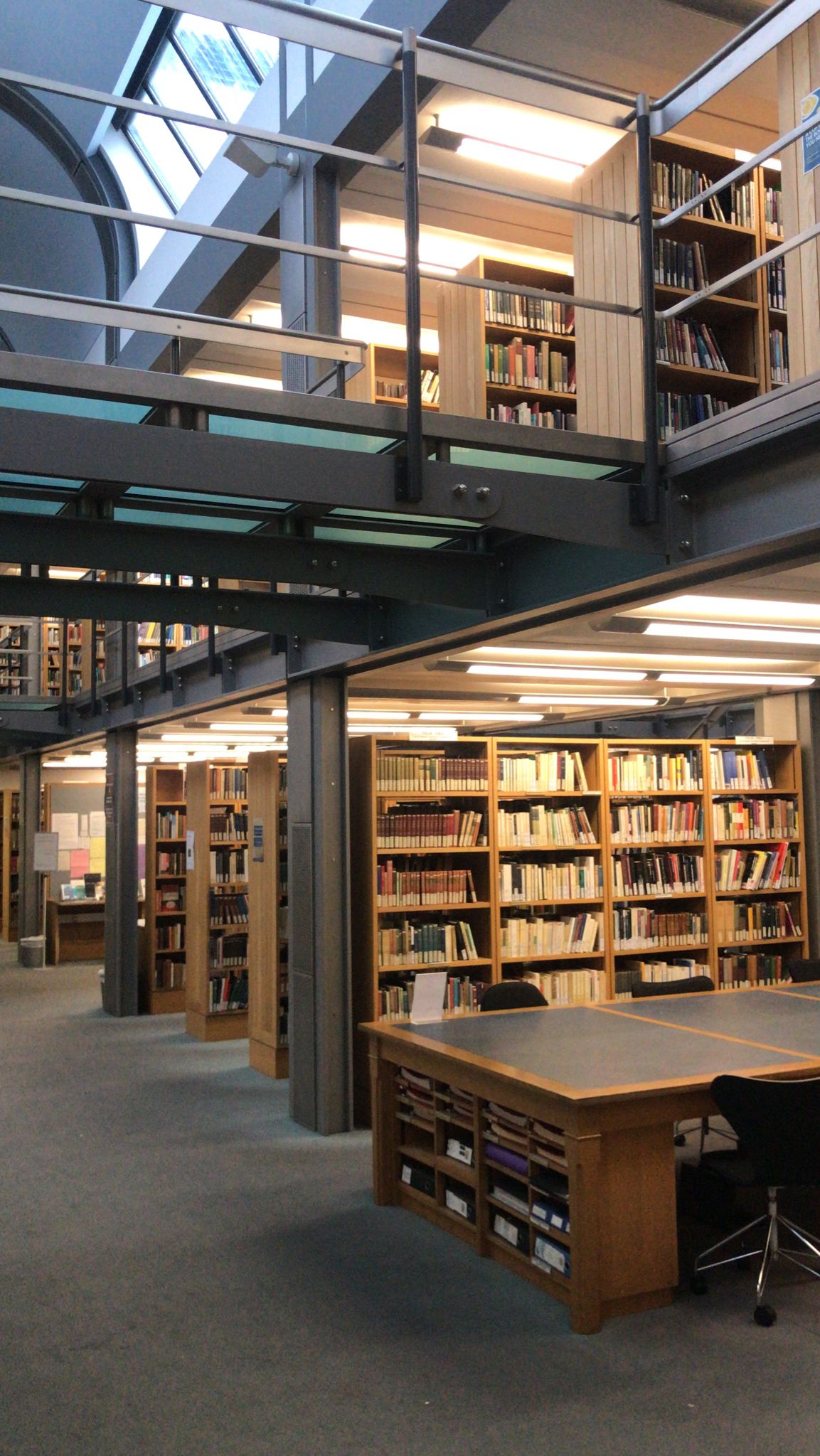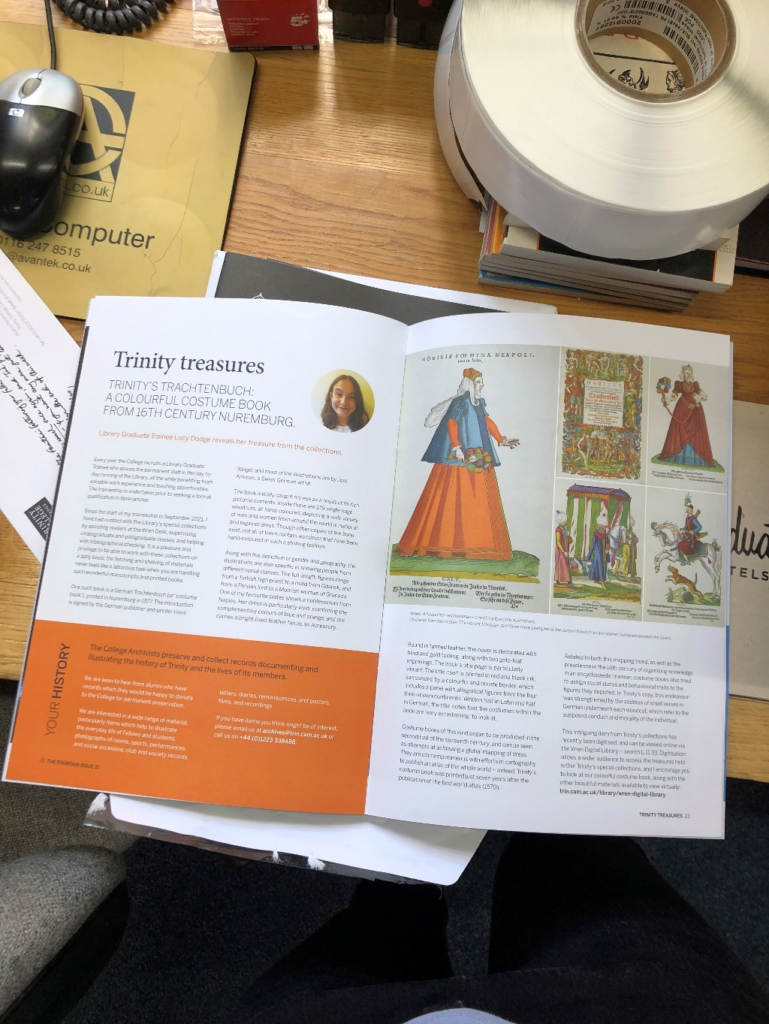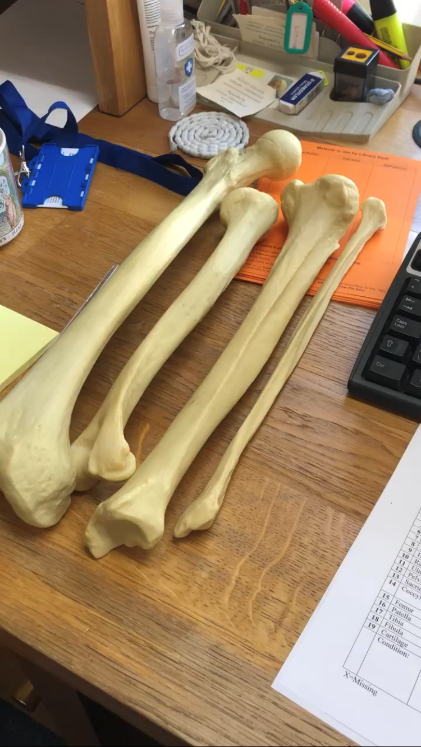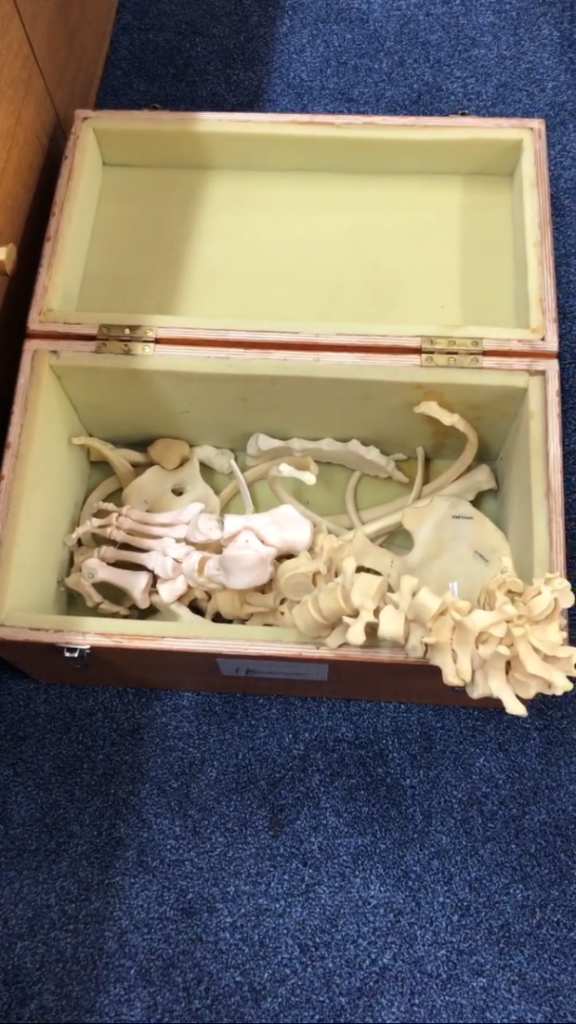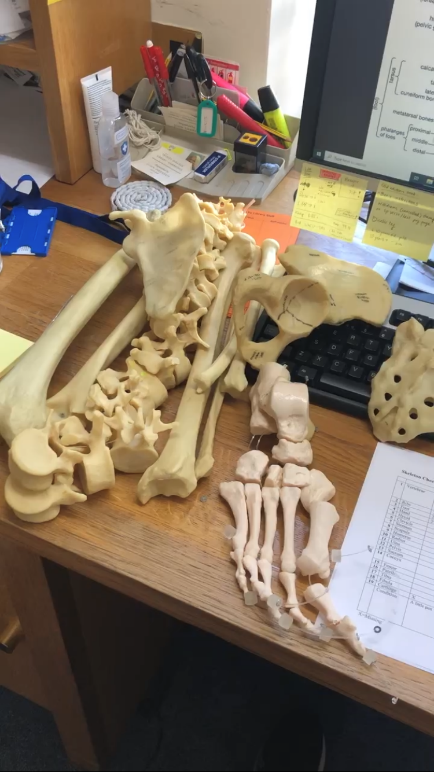Near the end of April the trainees set off on yet another adventure – this time to Addenbrooke’s Medical Library and Homerton College Library. Firstly, we met up at Addenbrooke’s, with our various commutes ranging from cycling, to buses from town and, rather excitingly for me, riding the entire length of the U bus from Eddington. Having spent a bit too much time in the Addenbrooke’s A&E department myself over the past few years, it made a nice change to instead head for the Clinical School where the library is situated!
When we arrived we were met by the librarian, who introduced us to the library and gave us a tour. The Medical Library is unique compared to others we have visited before, as it caters for NHS staff as well as medical students doing clinical placements and postgraduate researchers. Therefore, although one might think that the collection in such a library would be fairly narrow in range, it actually is very broad in scope in order to provide for the varying needs of the users. The collection is classified according to the National Library of Medicine classification scheme, which is adapted from the Library of Congress classification scheme. We were given some useful advice by the librarian for when we’re classifying these books – never look at the pictures in books on skin diseases! In addition to textbooks and journals, the library also stocks an impressive wellbeing collection which, as the librarian pointed out to us, is extremely important for NHS workers!


As well as physical resources, the library is especially keen to provide other forms of support. Teaching is seen as extremely important, with the librarians offering support in general skills such as searching for resources as well as more specific tasks such as how to effectively conduct a systematic review – a concept that I was actually familiar with due to some science-based papers I took during my music degree, but was fairly alien to most of our humanities-skewed cohort! The physical space of the library is also designed to provide for its variety of users; there are desks with computers, beanbags, pods for online meetings, and a newly-painted meeting room.

Following our tour it was time for the obligatory tea/coffee and biscuits (though I have to say we were especially treated with the biscuit selection this time around)! We chatted to the librarians about how they had ended up in medical libraries and, as we seem to find everywhere we go, there was no one, obvious career path. I suppose that, as so much of library work is ‘learnt on the job’ – in my case, everything I know about libraries has been learnt over the course of this year! – it’s never too late to make the switch over to librarianship. This got us talking about the wide range of jobs available within librarianship. I think we were all tempted by the idea of becoming a librarian on a cruise ship…
After our trip to Addenbrooke’s, we set off for our next stop – Homerton College. Luckily for us, the library is situated right near the main entrance (actually in the same building as the Porters’ Lodge) and so we were able to find our meeting point much more easily than the last time we were at Homerton for our Applying to Library School session! We were met by the librarian and first taken into the library office, where we were all very pleased by the amount of cuddly toys that lived there. We were especially honoured to meet Homer the Hedgehog, the library’s mascot, whose adorable adventures are well-documented on the Homerton College Library Instagram account! Next, we were given a tour of the library. The Homerton Library can feel very big when you walk in, due to its open-plan design, and it is open 24/7 for college members. However, despite a potentially intimidating design, the librarians are keen to make the library as welcoming and accessible as possible. The librarian showed us a large poster to help students navigate the space and various beanbags and jigsaws are located on the ground floor. It was also explained to us that they stock their wellbeing books alongside books about life-skills such as cooking or bike maintenance, so students didn’t have to uncomfortable about going to a special ‘self-help’ section. We then had a quick look around the rest of the library, including Homerton’s well-stocked children’s literature collection of which I was very jealous!


By now we were all flagging a bit and so we went to get a substantial (and, even better, free!) lunch in the hall, which we followed with another obligatory round of tea and coffee. Again, we chatted with the librarian about different career progressions – one of the Homerton librarians comes from a STEM background! – as well as how Homerton is unique compared to most other college libraries due to its need to provide for the college’s vast amount of PGCE students.

Overall it was a very busy but highly interesting day seeing the two very different libraries and we would like to extend our thanks to the librarians at Addenbrooke’s and Homerton College for accommodating us!






